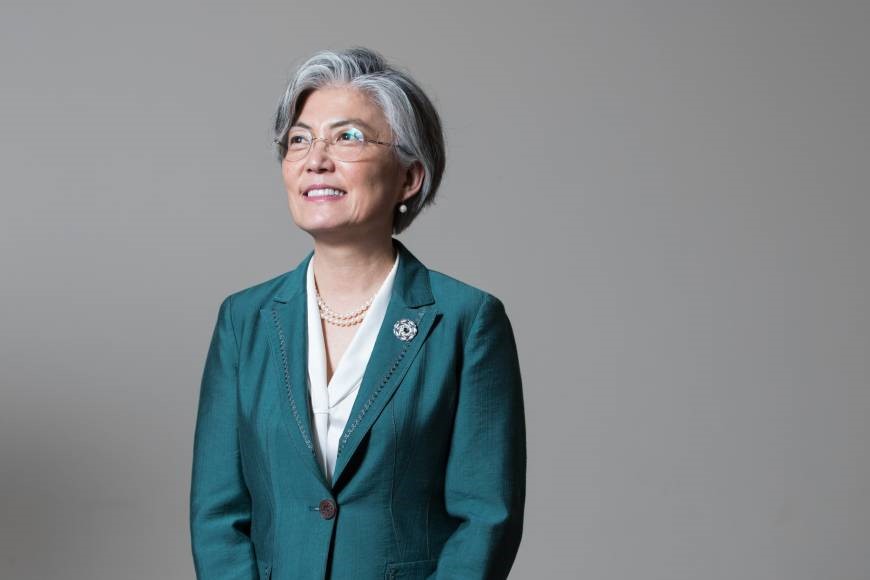South Korea is set to unveil new measures aimed at increasing the number of women in high-ranking public sector posts, as part of efforts to bolster a workforce that’s projected to start shrinking this year.
The country needs more women to work but the combination of excessive work hours and household responsibilities is discouraging them, said Chung Hyun-back, South Korea’s new minister of gender equality, in an interview with Bloomberg. The government was to roll out a five-year plan Tuesday that will be more binding than its predecessor, which had set the 2017 ratio target for female public officials in senior positions at 15 percent, she said.
“We believe that the more women are in high-level posts, the more it helps companies’ productivity,” Chung said. “We will lay out a specific target for 2022 and will continue monitoring whether we are able to reach the goal.”
While the new measures only target the public sector, Chung expects private-sector companies to gradually follow suit. For now, though, the private firms, especially family-run conglomerates, or chaebols, haven’t made much progress in the area, she said.
Getting more women into the workforce is an important goal for Korea as an aging population is causing the number of workers to decrease. Data on executives suggest the way ahead won’t be easy: According to a Deloitte survey of 44 countries, Korea was ranked second from last in the ratio of women in boardrooms. Women made up only 2.7 percent of about 15,000 executive-level officials in the top 500 companies in 2016, a report by the gender ministry showed.
Out of the 500 companies, 336 didn’t have a single female at top positions.
Chung, who was a history professor and a women’s rights activist before being appointed to her current role three months ago, is one of five ministers who are female out of 17 total appointed by South Korean President Moon Jae-in so far. Although that’s the most ever at the ministerial level, Moon has a long way to go to meet his ultimate goal of filling half of his Cabinet with women.
Long work hours combined with societal pressure to handle all aspects of raising children are a big part of the reason why women’s careers are cut off earlier than those of men, according to Chung. After analyzing 35 major countries, Koreans were found to have worked 2,069 hours on average last year, the second-highest after Mexico, according to data from the Organisation for Economic Co-operation and Development.
The dilemma for hardworking women with children is called “dokbak” parenting in Korea, a reference to a term used in a local card game where one player gets stuck with all the losses.
The outlook ought to be more promising for women, who exceeded men in numbers of new college graduates in 2016, according to data from the Korean Educational Development Institute. Still, challenges remain. Many of them often leave the workforce in their thirties to raise children, only to find few goods jobs available when they return years later, according to Chung.
Improvements in the status of South Korean women have remained far behind the pace of the country’s economic growth, and achieving gender equality could contribute to South Korea’s productivity, Chung said.
As things stand, women face hostility online from the country’s youth, who blame their high unemployment on more women entering the job market. That’s led to digital sex crimes such as taking pictures with hidden cameras and posting them online without consent, according to Chung.
“Young men sometimes think that women entering the workforce are taking away part of their share of the pie,” said Chung. “They look past the fact that these days, women work for a living just like they do, and the fact that a greater portion of those female workers still struggle in low-paid, low-quality jobs.”
Source: Japan times





Comments are closed.